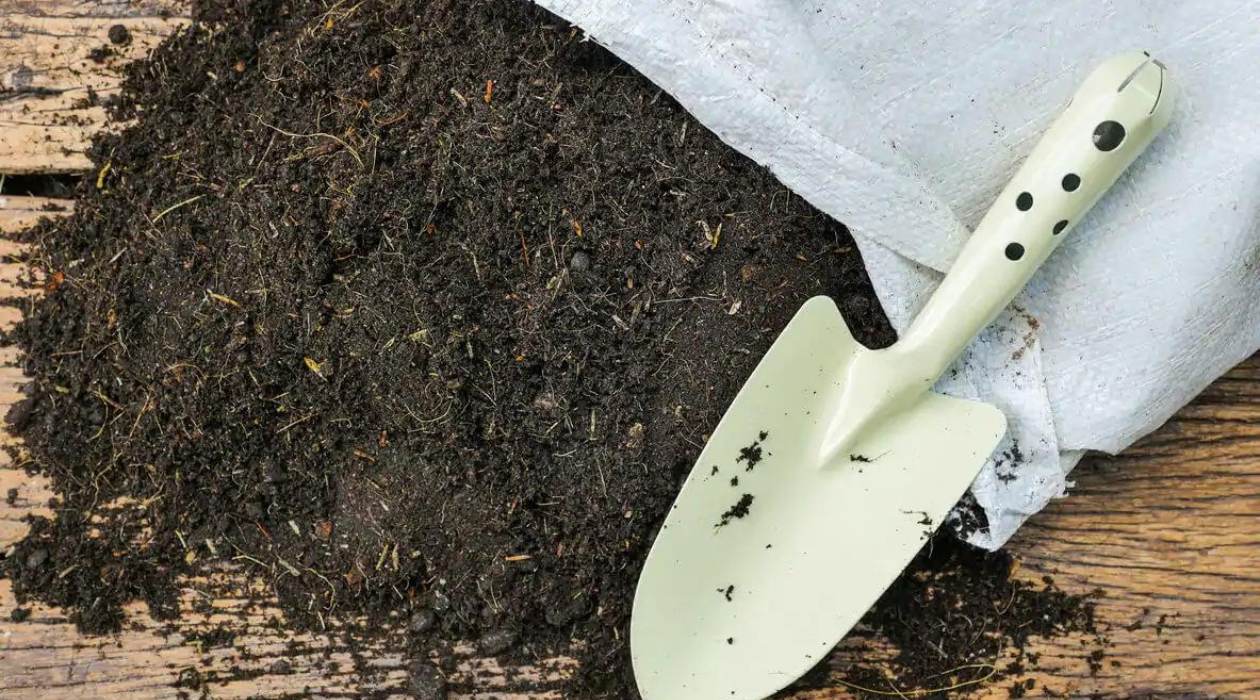

Articles
How To Store Potting Soil Outside
Modified: February 23, 2024
Learn the best way to store potting soil outside in this helpful article. Find tips and tricks for keeping your soil fresh and ready for gardening season.
(Many of the links in this article redirect to a specific reviewed product. Your purchase of these products through affiliate links helps to generate commission for Storables.com, at no extra cost. Learn more)
Introduction
Storing potting soil outside is a convenient option for gardeners who have limited indoor space or want to save time and effort. Keeping potting soil outdoors can offer numerous benefits, such as easy accessibility, natural conditioning, and cost-effectiveness. However, it is essential to consider certain factors and follow proper guidelines to ensure the quality and longevity of the soil.
Whether you are a seasoned gardener or a beginner, understanding how to properly store potting soil outside can make a significant difference in your gardening experience. This article will guide you through the benefits of storing potting soil outdoors, factors to consider before doing so, a step-by-step guide on outdoor storage, tips for maintaining the soil’s quality, and potential challenges you might face.
So, if you are ready to optimize your outdoor space and take your gardening skills to the next level, let’s dive into the world of storing potting soil outside!
Key Takeaways:
- Embrace the benefits of storing potting soil outside, such as easy accessibility, natural conditioning, and cost-effectiveness, to enhance your gardening experience and optimize your outdoor space.
- Consider factors like climate, drainage, and pest protection before storing potting soil outside. Follow a step-by-step guide and useful tips to maintain soil quality and overcome potential challenges.
Read more: How To Store Soil Outside
Benefits of Storing Potting Soil Outside
Storing potting soil outside offers several advantages that can enhance your gardening experience. Here are some key benefits to consider:
- Accessibility: Storing potting soil outside makes it easily accessible whenever you need to fill containers or plant new seedlings. You won’t have to go back and forth from your indoor storage area, saving you time and effort.
- Natural Conditioning: When potting soil is stored outside, it is exposed to natural elements like rainfall, sunlight, and air. Rainwater helps leach out excess salts and minerals, while sunlight and air promote the breakdown of organic matter, improving the soil’s structure and fertility over time.
- Cost-Effectiveness: Storing potting soil outside eliminates the need for purchasing or investing in additional storage containers or space indoors. This can save you money in the long run, especially if you have a large quantity of potting soil to store.
- Space Optimization: Indoor storage space can be limited, especially for gardeners with small apartments or cramped gardening areas. Storing potting soil outside frees up valuable indoor space for other gardening necessities or activities.
- Prevents Pest Infestations: Storing potting soil outside can help prevent the spread of pests such as insects and rodents into your indoor living spaces. By keeping the soil outside, you minimize the risk of introducing unwanted pests into your home or greenhouse.
By taking advantage of these benefits, you can streamline your gardening process and create a more efficient and productive gardening space. So, let’s explore the factors you need to consider before storing potting soil outside.
Factors to Consider Before Storing Potting Soil Outside
While storing potting soil outside offers numerous benefits, it’s essential to consider a few factors before making the decision. These factors will help ensure the quality and longevity of your potting soil. Here are some key considerations:
- Climate: The climate in your area plays a crucial role in determining whether storing potting soil outside is suitable. Extreme temperatures, excessive rainfall, or freezing conditions can affect the soil’s quality. If you live in an area with severe weather conditions, you may need to find alternative storage solutions.
- Drainage: Proper drainage is vital to prevent waterlogging and ensure the soil remains healthy. Evaluate the outdoor storage area to ensure it has adequate drainage to avoid water accumulation, which can lead to root rot and fungal diseases.
- Contamination: Be cautious of potential contaminants in your storage area. Avoid storing the potting soil near chemical-based substances, petroleum products, or areas prone to pesticide runoff. These factors can negatively impact the soil’s quality and potentially harm your plants.
- Protection from Pests: While storing potting soil outside can help prevent pest infestations in your home, it’s important to protect the soil from outdoor pests. Consider using tightly sealed containers or covers to deter insects, rodents, and other animals from accessing and damaging the soil.
- Proper Labeling: When storing potting soil outside, it’s crucial to label the containers or bags properly. This will help you easily identify the type of soil, its expiration date, and any specific instructions or additives it may contain.
Considering these factors will ensure that your potting soil remains in optimal condition and ready for use whenever you need it. Now that you know what to consider, let’s move on to the step-by-step guide on storing potting soil outside.
Step-by-Step Guide on Storing Potting Soil Outside
Storing potting soil outside requires proper preparation and organization to maintain its quality. Follow these steps to ensure your potting soil remains in excellent condition:
- Select a Suitable Storage Area: Choose an outdoor area that meets the necessary conditions for potting soil storage, such as proper drainage and protection from extreme weather conditions.
- Clean and Prepare the Storage Containers: Clean any containers or bags that you plan to use for storing the potting soil. Ensure they are free from dirt, pests, and contaminants to prevent any potential issues.
- Transfer the Potting Soil: Carefully transfer the potting soil from its original packaging into the storage containers. Use a shovel or scoop to avoid damaging the soil structure. Avoid overpacking the containers to maintain the soil’s fluffiness and ensure proper aeration.
- Seal the Containers: Ensure that the containers are tightly sealed to prevent moisture, pests, and contaminants from entering. This helps preserve the quality and fertility of the potting soil.
- Label the Containers: Label each container with the type of potting soil, the date of storage, and any specific instructions or additives. This will help you keep track of the soil’s age and characteristics, allowing you to use it effectively in the future.
- Arrange and Organize: Place the containers in an orderly manner, ensuring easy accessibility when you need to use the potting soil. Consider organizing them based on soil type or expiration date to avoid confusion.
- Protect from Elements: If necessary, provide additional protection to the storage area to shield the potting soil from excessive sunlight, heavy rainfall, or extreme temperatures. You can use covers, tarps, or storage sheds to safeguard the containers.
Following these steps will help you store your potting soil outside effectively and maintain its quality for extended periods. However, it’s important to keep in mind some essential tips for maintaining the soil’s condition, which we will discuss next.
Store potting soil outside in a dry, covered area to prevent moisture buildup. Keep it off the ground on pallets or shelves to improve air circulation and prevent mold or mildew.
Tips for Maintaining Potting Soil Stored Outside
Maintaining the quality of potting soil stored outside requires regular attention and proper care. Follow these tips to ensure your potting soil remains in optimal condition:
- Monitor Moisture Levels: Regularly check the moisture content of the potting soil. Avoid overwatering, as it can lead to waterlogged soil and promote the growth of mold, fungus, and root rot. Similarly, ensure the soil doesn’t dry out completely, as it can become challenging to rehydrate.
- Inspect for Pests: Routinely inspect the storage area and containers for any signs of pests or insects. If you spot any pests, take immediate action to prevent them from damaging the soil. Consider using natural pest control methods or organic insecticides, if necessary.
- Aerate the Soil: Over time, the potting soil can become compacted, reducing its ability to hold water and nutrients. Periodically fluff and aerate the soil by gently turning it with a garden fork or trowel. This will improve the soil’s structure and allow for better root growth.
- Rotate Containers: If you have several containers of potting soil stored outside, periodically rotate them to ensure even exposure to sunlight and natural elements. This helps maintain consistent soil quality throughout the storage area.
- Keep the Area Clean: Regularly clean the storage area, removing any debris, fallen leaves, or weeds. This helps prevent the transfer of pests, diseases, and weed seeds to the potting soil and promotes a clean and healthy gardening environment.
- Replace as Needed: Over time, potting soil can lose its fertility and become depleted of nutrients. Consider replacing the stored soil every few years to ensure optimal plant growth and health.
By following these tips, you can ensure that your potting soil remains of high quality and ready for use whenever you need it. However, it’s essential to be aware of potential challenges that may arise when storing potting soil outside, which we will discuss next.
Read more: How To Store Potting Soil
Potential Challenges in Storing Potting Soil Outside
While storing potting soil outside can be beneficial, it is important to be aware of potential challenges that may arise. By understanding these challenges, you can take proactive measures to mitigate their impact. Here are some common challenges when storing potting soil outside:
- Weather Extremes: Extreme weather conditions such as high temperatures, heavy rains, or freezing temperatures can negatively affect the quality of potting soil. It is crucial to provide adequate protection or find alternative storage methods during such periods.
- Pest Infestations: Storing potting soil outside can attract pests like insects, rodents, and snails. Regularly inspect the storage area and containers for signs of infestation and take appropriate measures to control and prevent further damage.
- Quality Degradation: Over time, exposure to the elements can lead to the degradation of potting soil. Continuous rain can cause leaching of nutrients, while sunlight and air can breakdown organic matter, potentially reducing the soil’s fertility. Regularly monitor and amend the soil as needed to maintain its quality.
- Contaminant Exposure: Storing potting soil outside exposes it to potential contamination from pollutants, chemicals, or nearby industrial activities. Be cautious about the storage location and ensure that the soil remains free from any harmful substances.
- Inconsistent Moisture Levels: The outdoor environment presents challenges in maintaining consistent moisture levels in potting soil. Excessive rainfall or lack of water can quickly impact the soil’s moisture content. Regularly monitor and adjust irrigation practices to keep the soil adequately hydrated.
- Weed Growth: Outdoor storage areas are prone to weed growth, which can compete with plants for nutrients and space. Regularly inspect the soil and remove any weeds that may germinate. Consider using mulch or weed barriers to minimize weed growth.
While these challenges may arise, they can be effectively managed with proper precautions and timely actions. By staying vigilant and taking necessary steps, you can overcome these challenges and maintain the quality of your potting soil stored outside.
To conclude, storing potting soil outside can be a practical and cost-effective solution for gardeners. However, it is important to consider factors such as climate, drainage, and protection from pests before making the decision. By following a step-by-step guide, implementing useful tips, and being aware of potential challenges, you can successfully store potting soil outside while ensuring its quality and longevity.
Conclusion
Storing potting soil outside can offer several benefits, including easy accessibility, natural conditioning, cost-effectiveness, space optimization, and pest prevention. However, it is essential to consider factors such as climate, drainage, contamination, pest protection, and proper labeling before storing potting soil outdoors. By taking these factors into account and following a step-by-step guide to outdoor storage, you can maintain the quality and longevity of your potting soil.
To maintain the soil’s condition, it is crucial to monitor moisture levels, inspect for pests, aerate the soil, rotate containers, keep the storage area clean, and replace the soil when needed. By adhering to these tips and precautions, you can ensure that your potting soil remains fertile and ready for use in your gardening endeavors.
However, it’s important to be aware of potential challenges, such as extreme weather, pest infestations, degradation of soil quality, exposure to contaminants, inconsistent moisture levels, and weed growth. By staying vigilant and taking timely actions, you can manage and overcome these challenges effectively.
In conclusion, storing potting soil outside can be a practical and efficient solution for gardeners, particularly those with limited indoor space or a need to optimize their gardening area. By following the guidelines and tips provided in this article, you can successfully store potting soil outside while ensuring its quality and usability when gardening season arrives.
So, embrace the benefits of outdoor potting soil storage, address the necessary factors, and enjoy a more convenient and productive gardening experience!
Frequently Asked Questions about How To Store Potting Soil Outside
Was this page helpful?
At Storables.com, we guarantee accurate and reliable information. Our content, validated by Expert Board Contributors, is crafted following stringent Editorial Policies. We're committed to providing you with well-researched, expert-backed insights for all your informational needs.
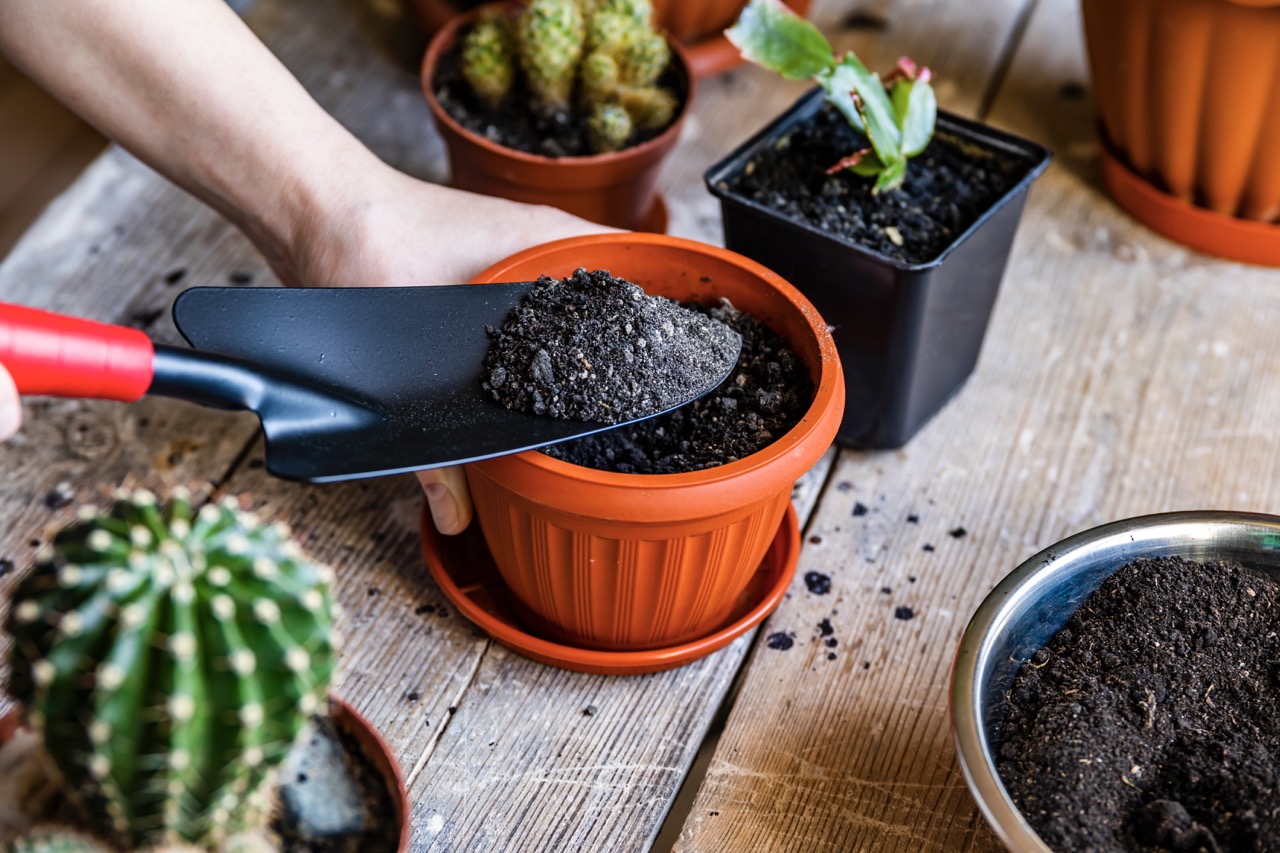
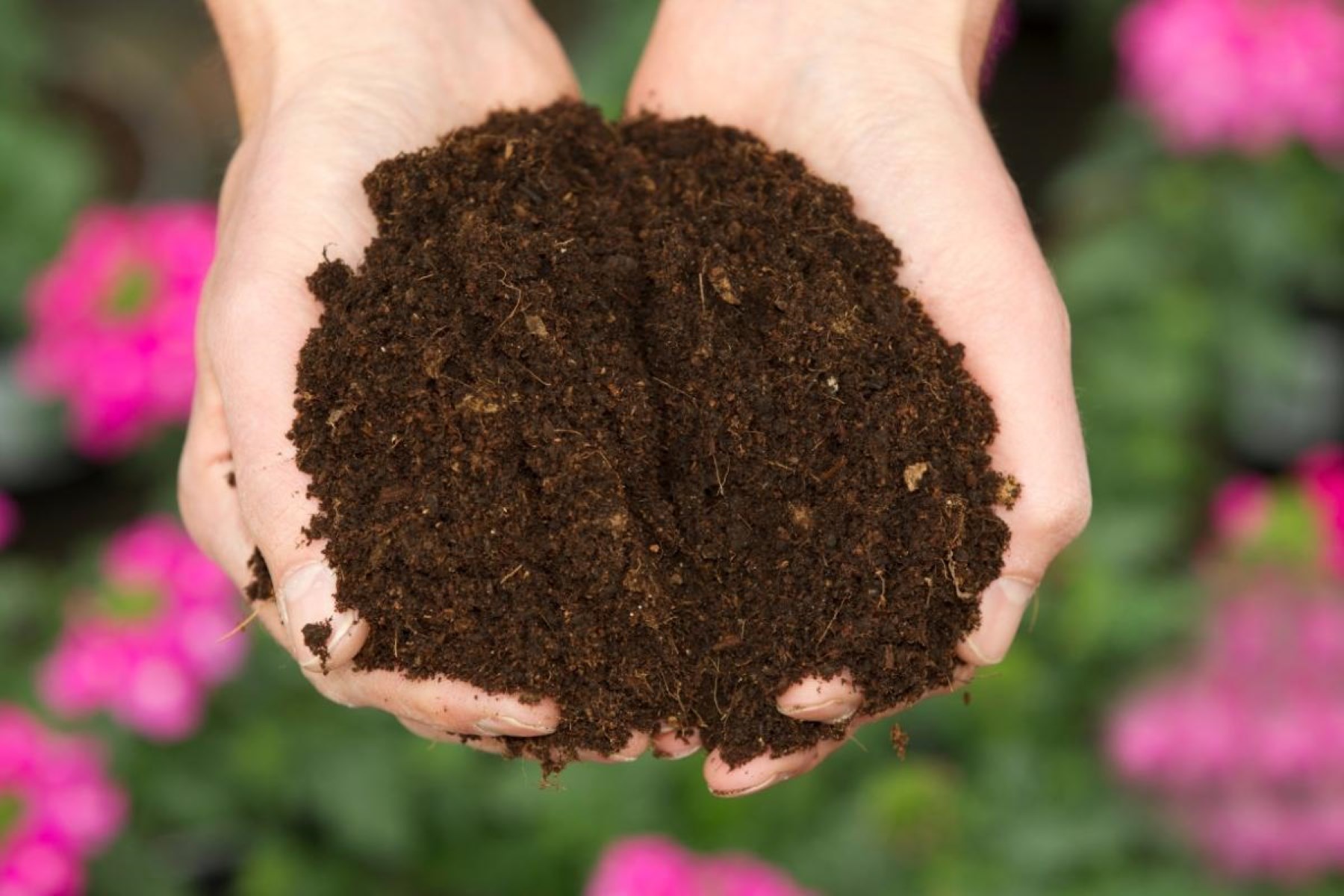
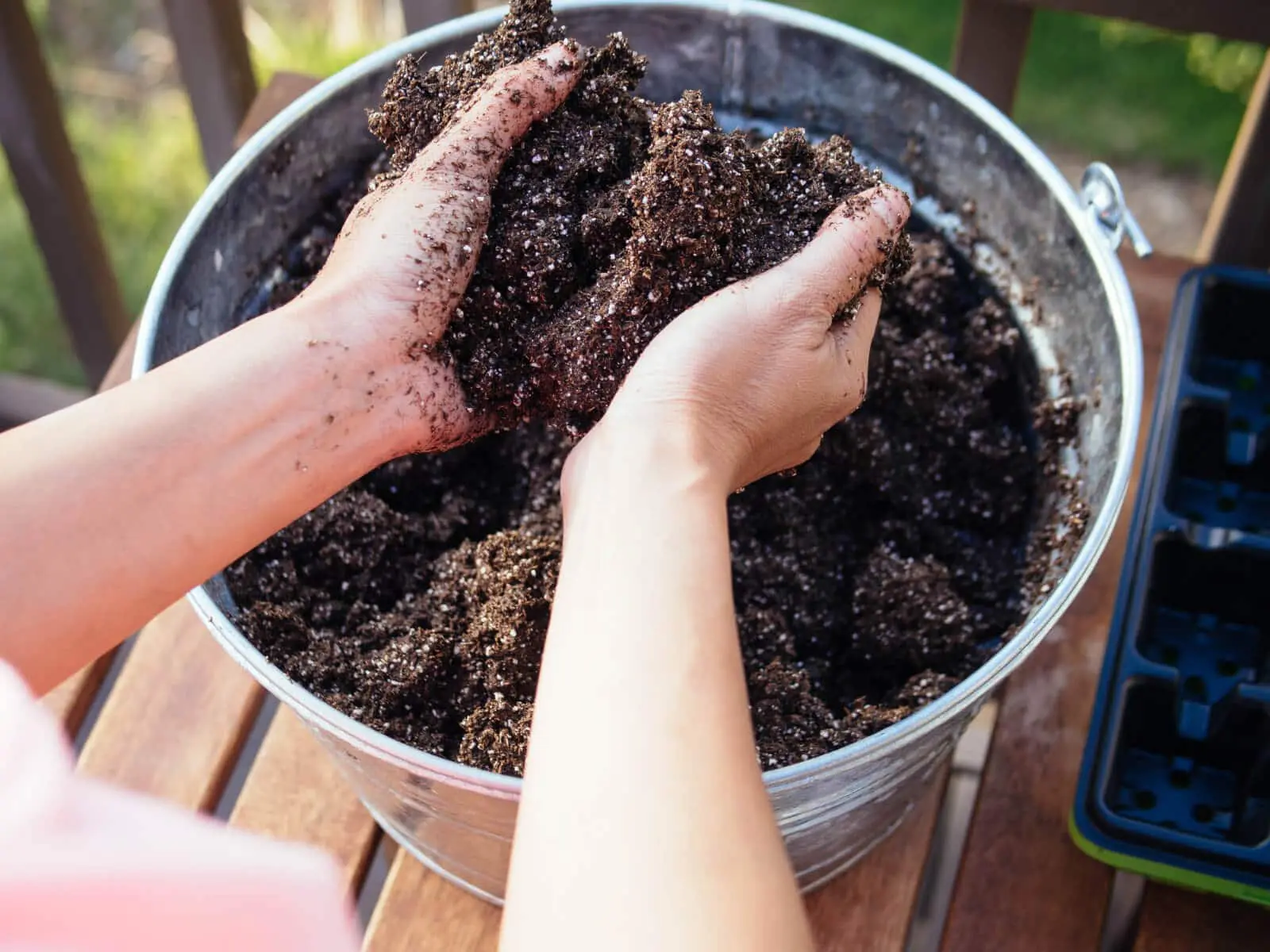
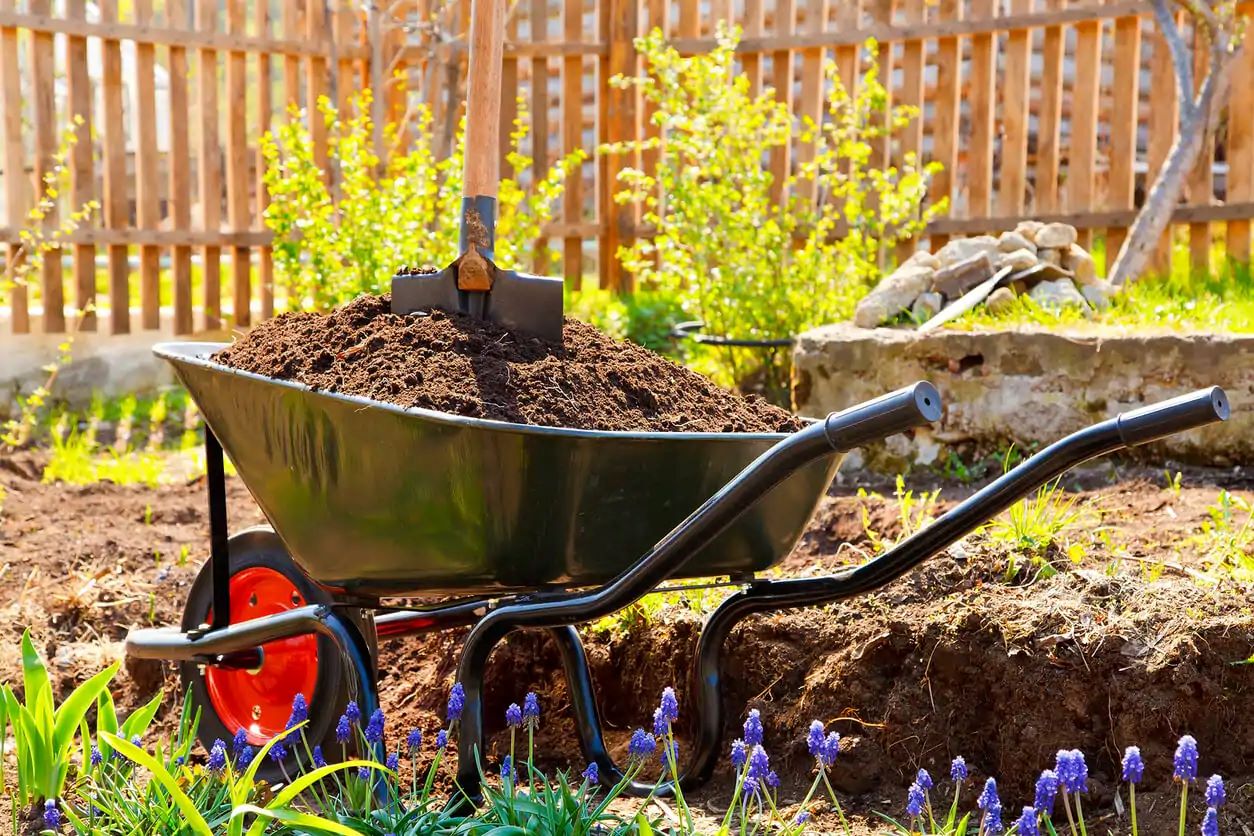
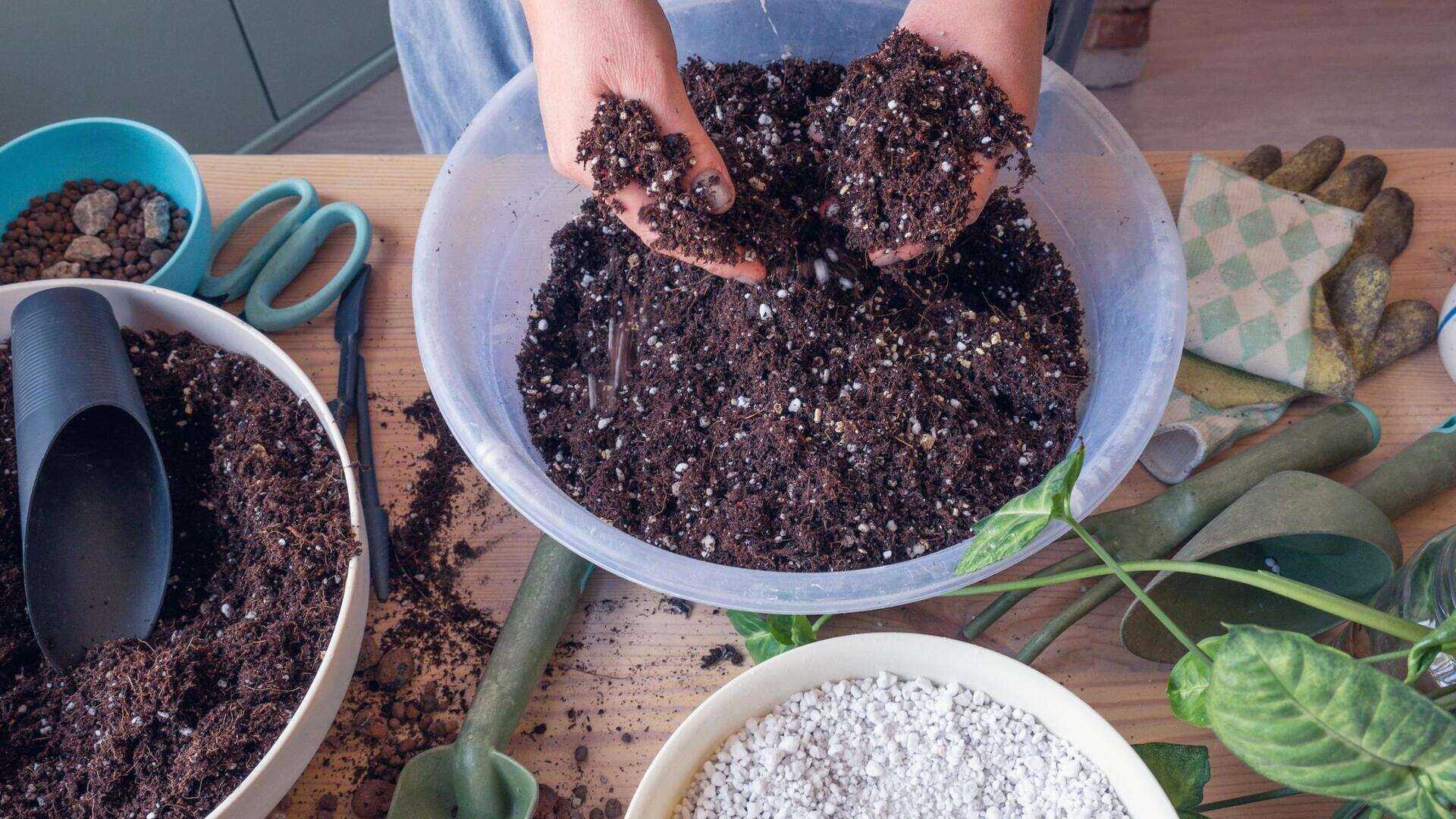
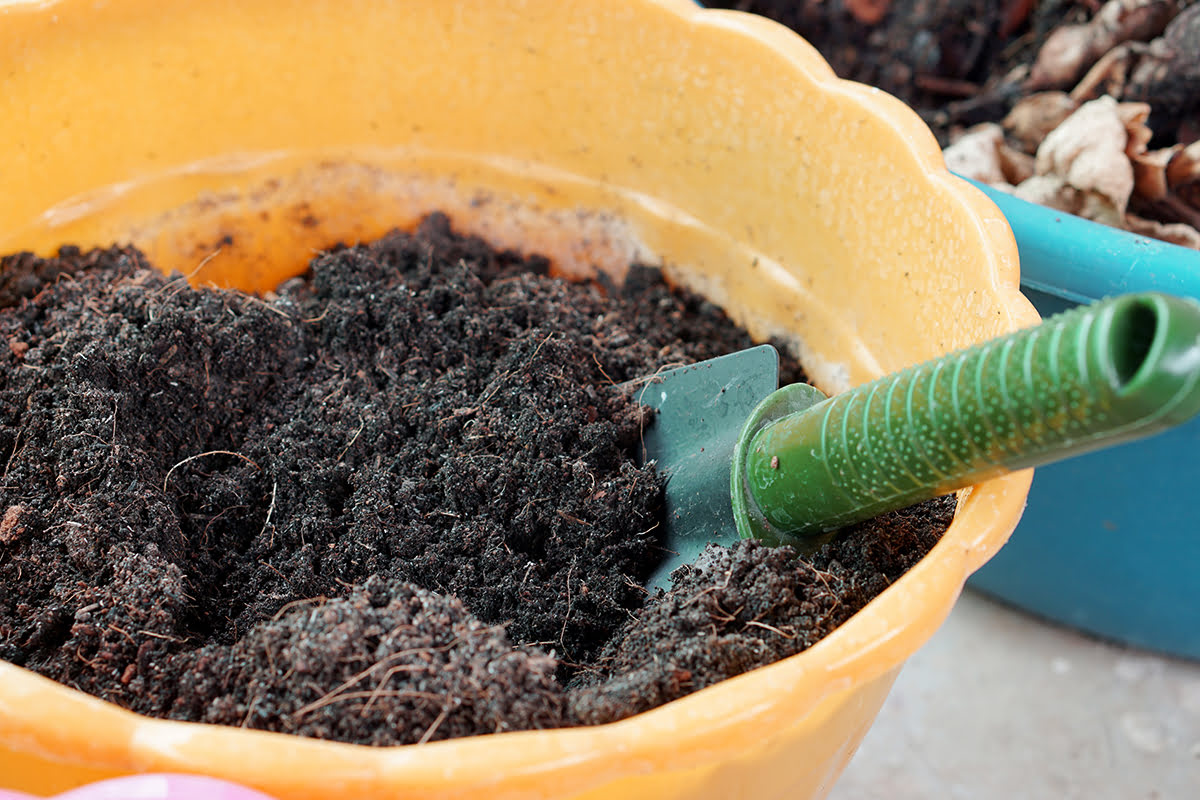
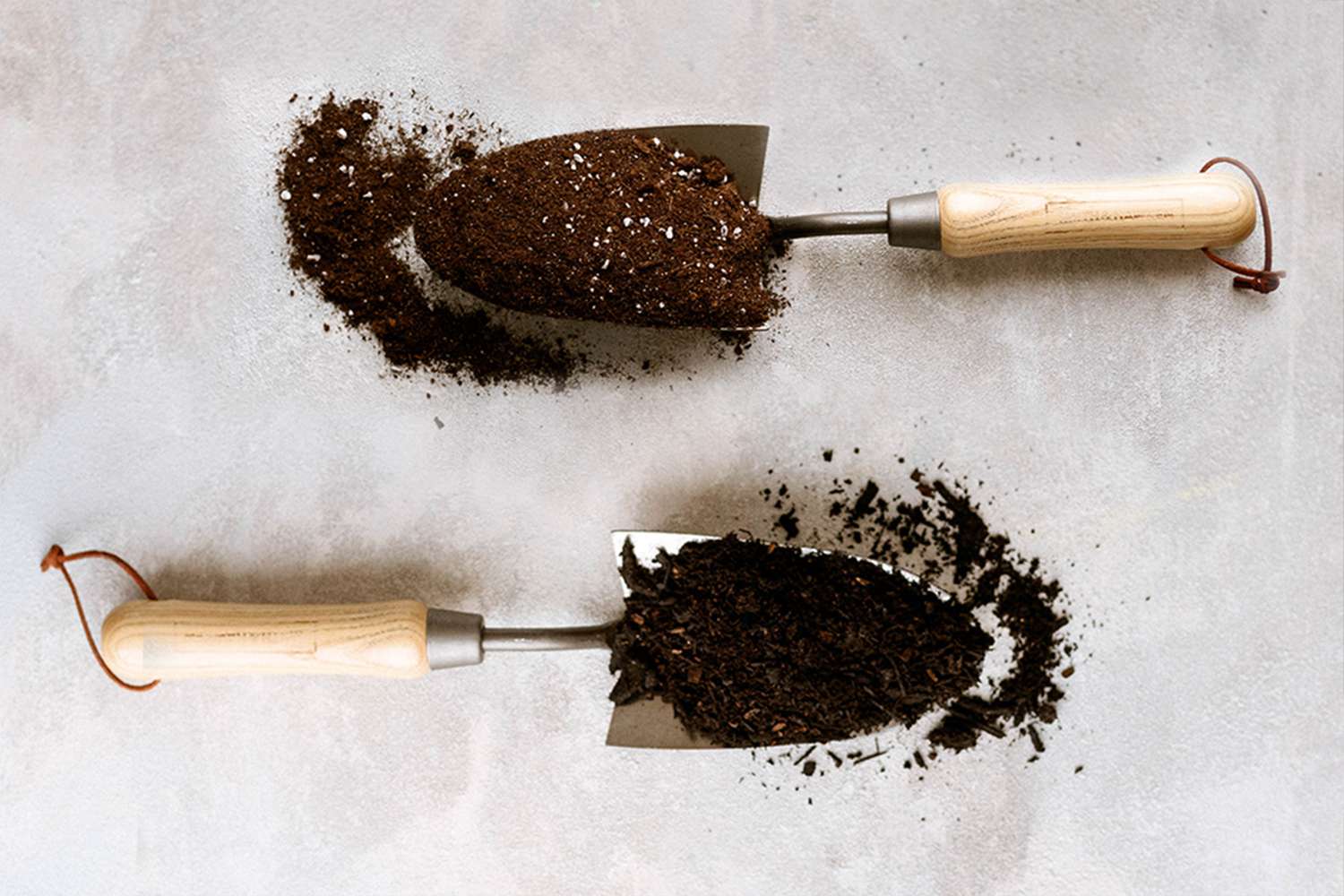
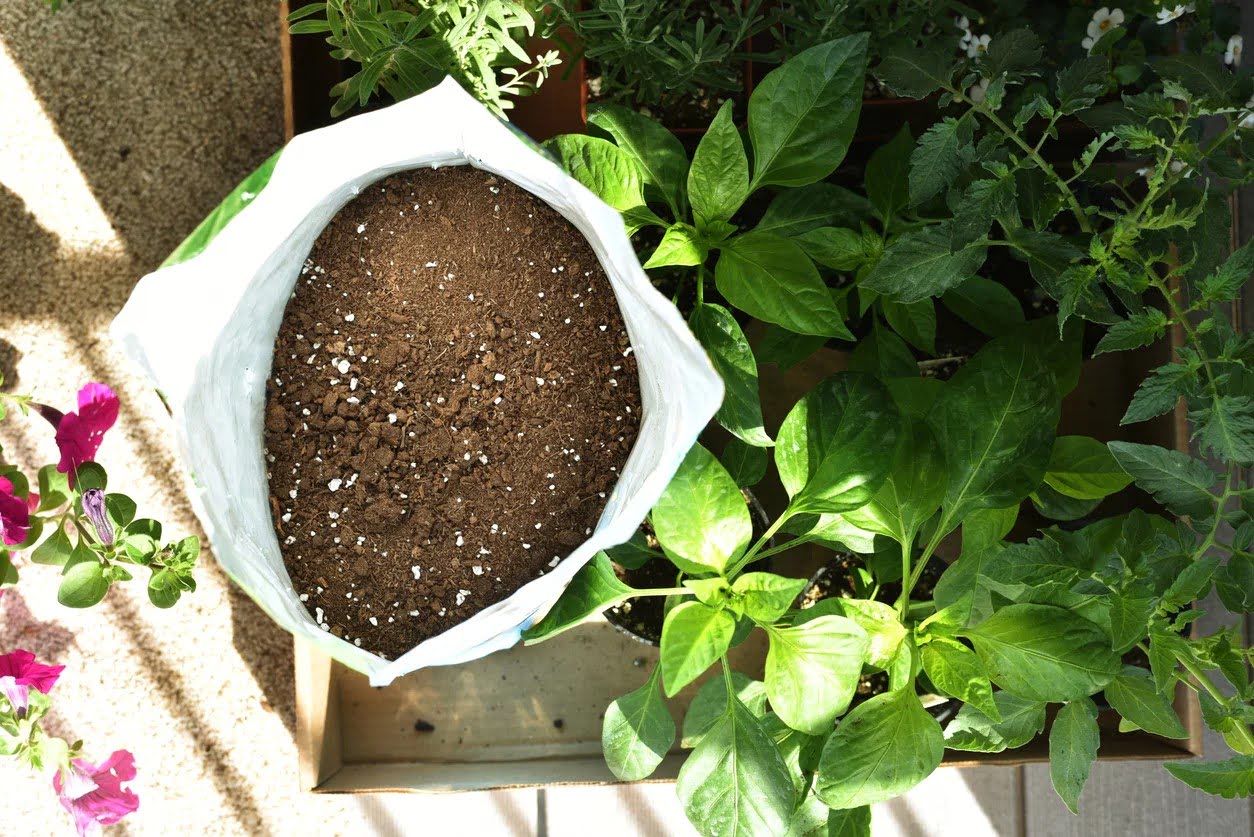
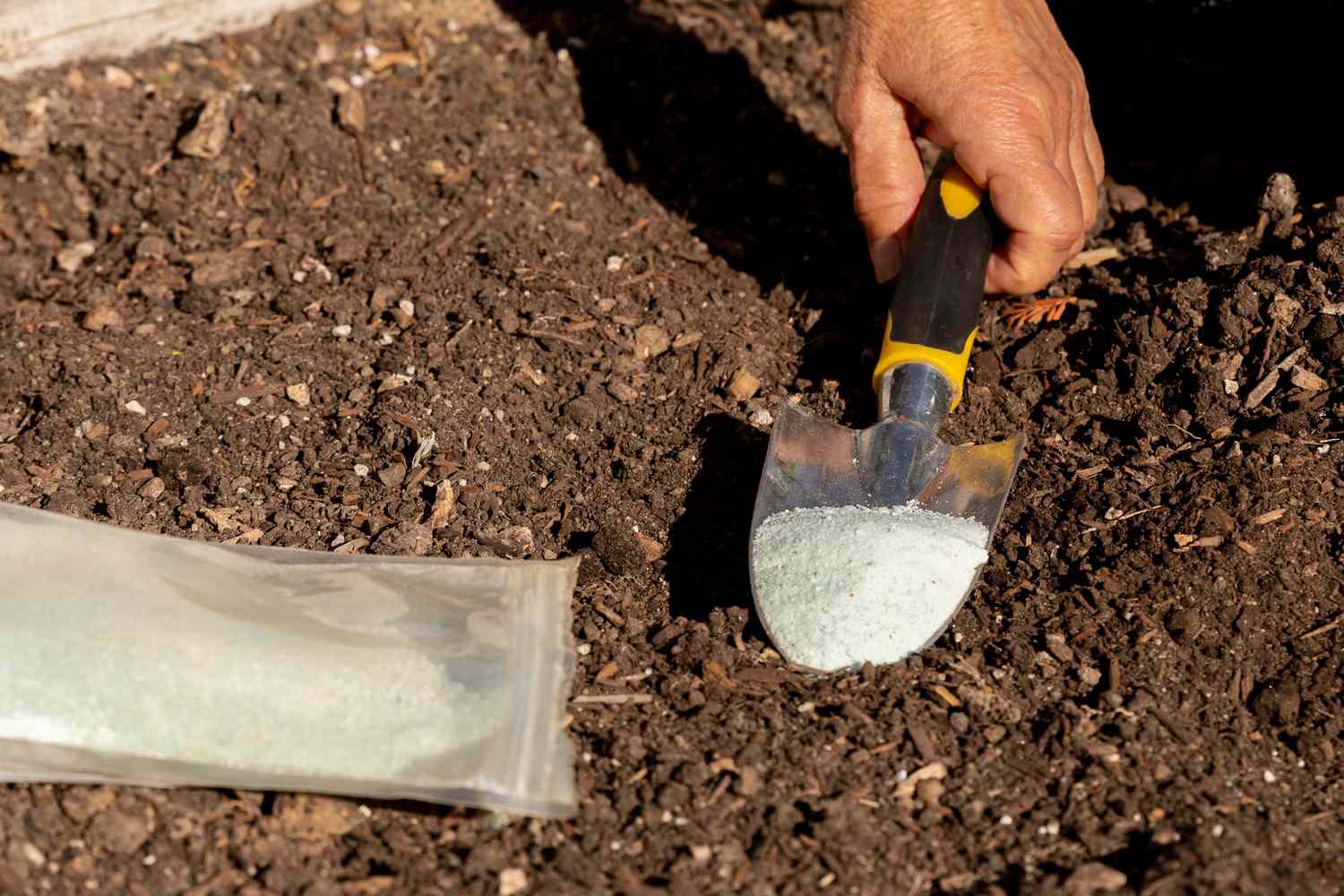
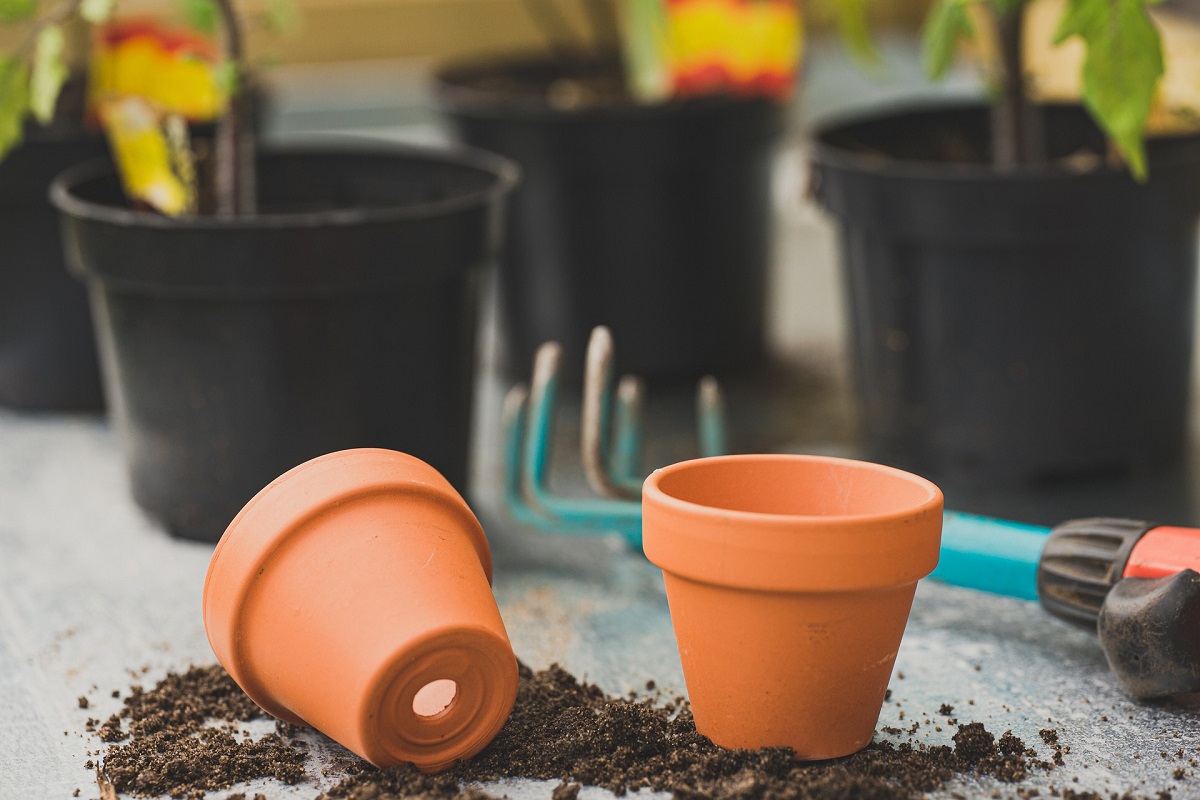
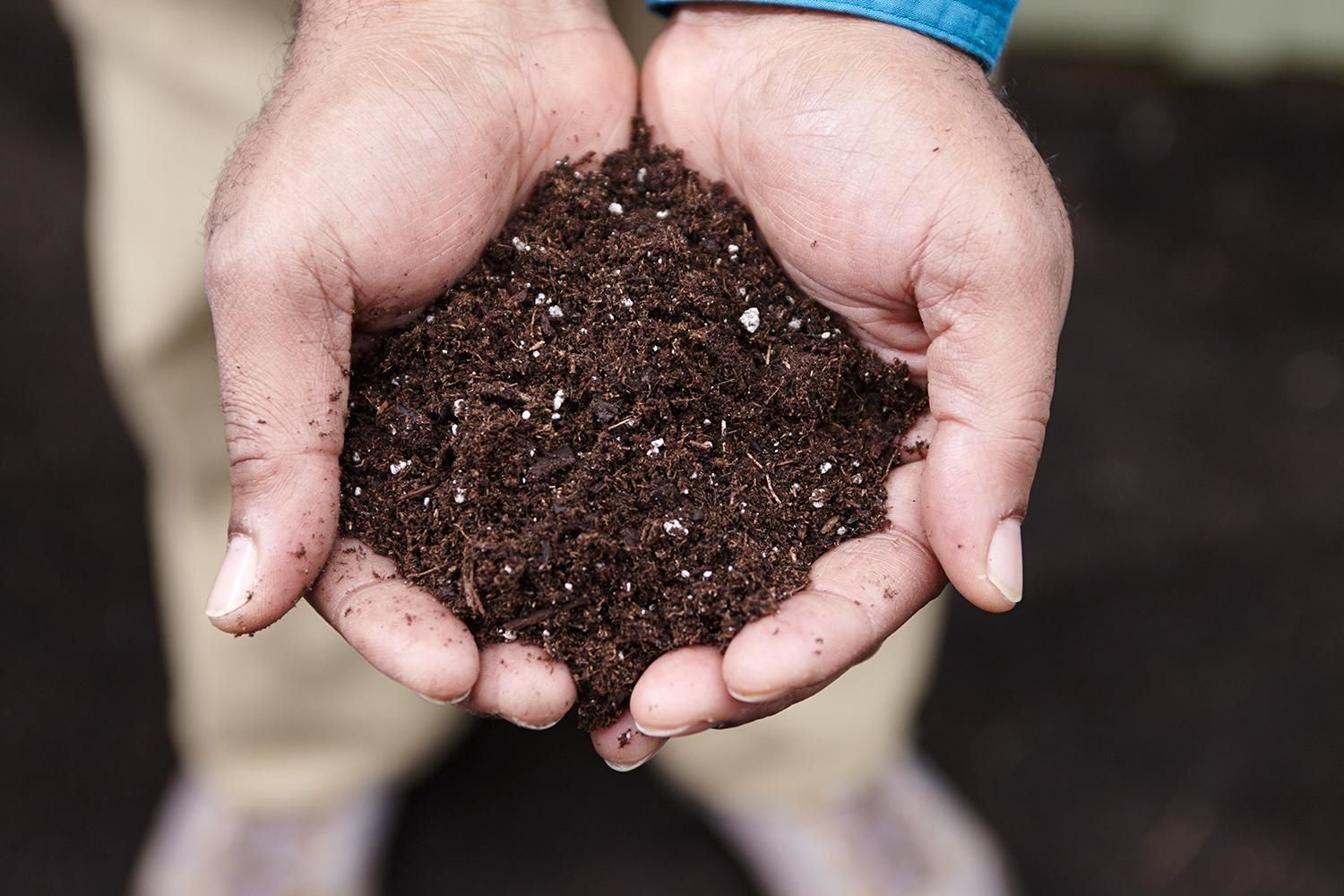
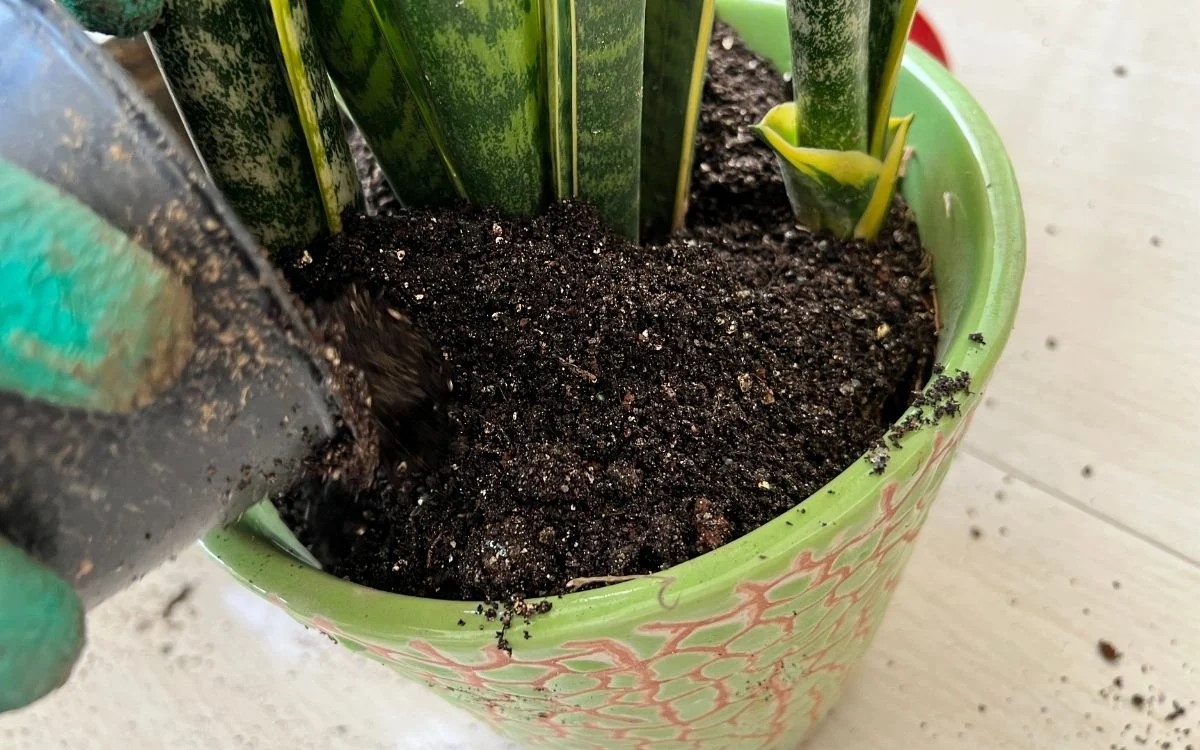
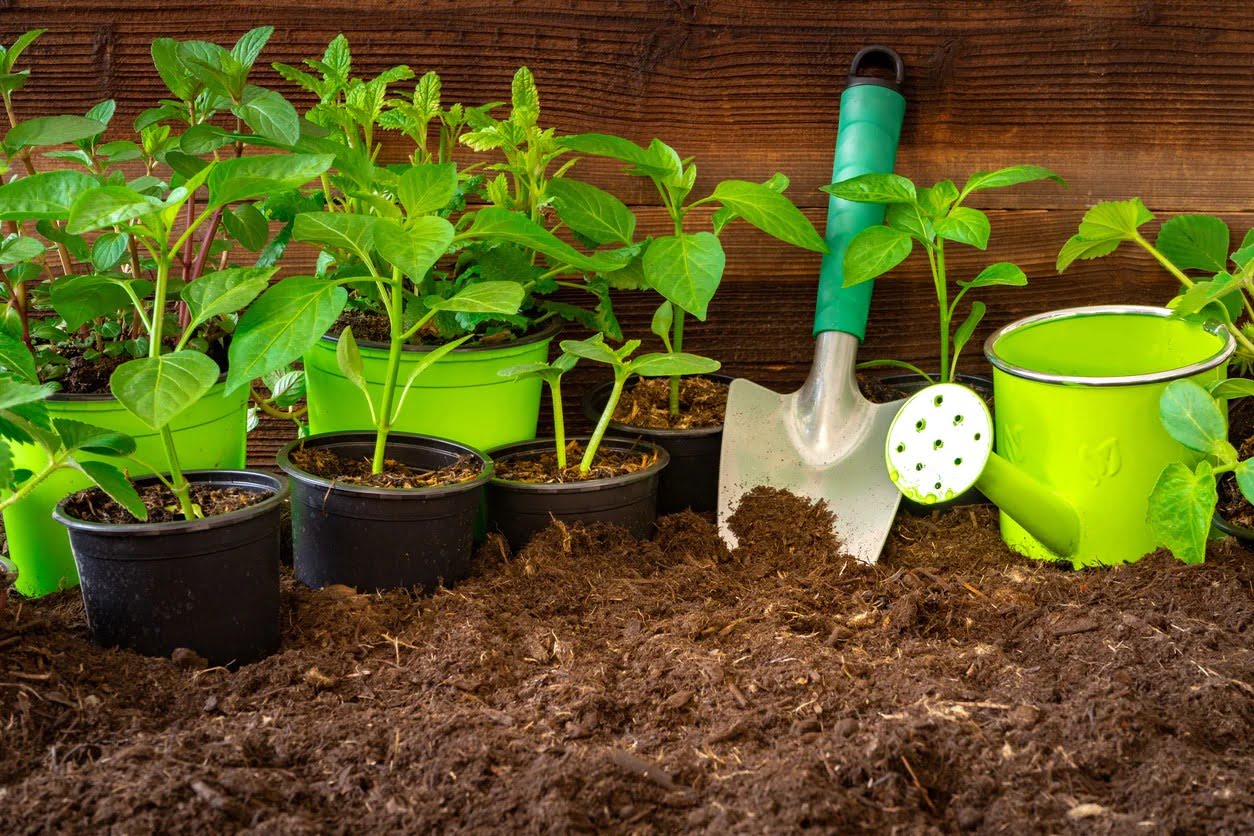
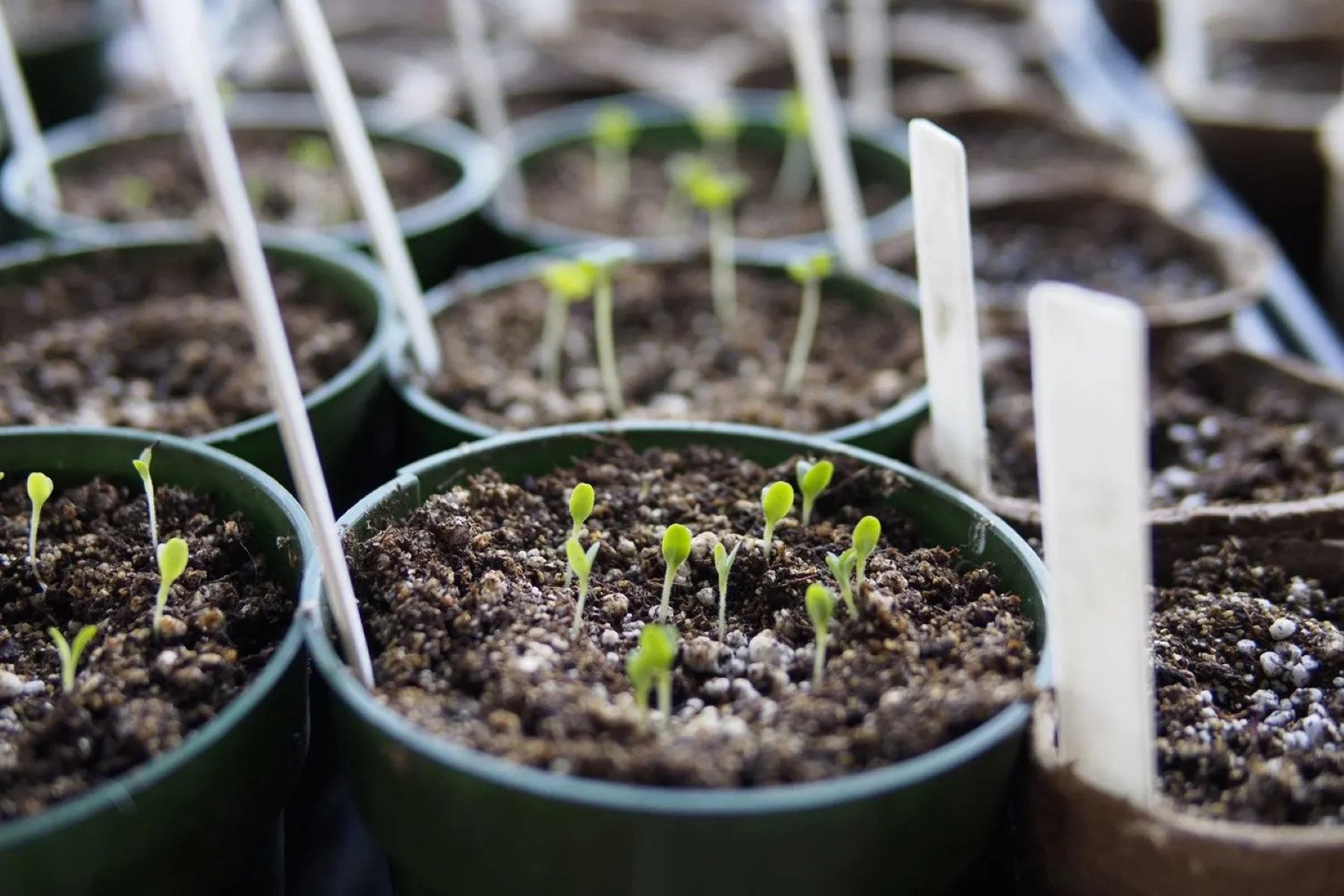

0 thoughts on “How To Store Potting Soil Outside”